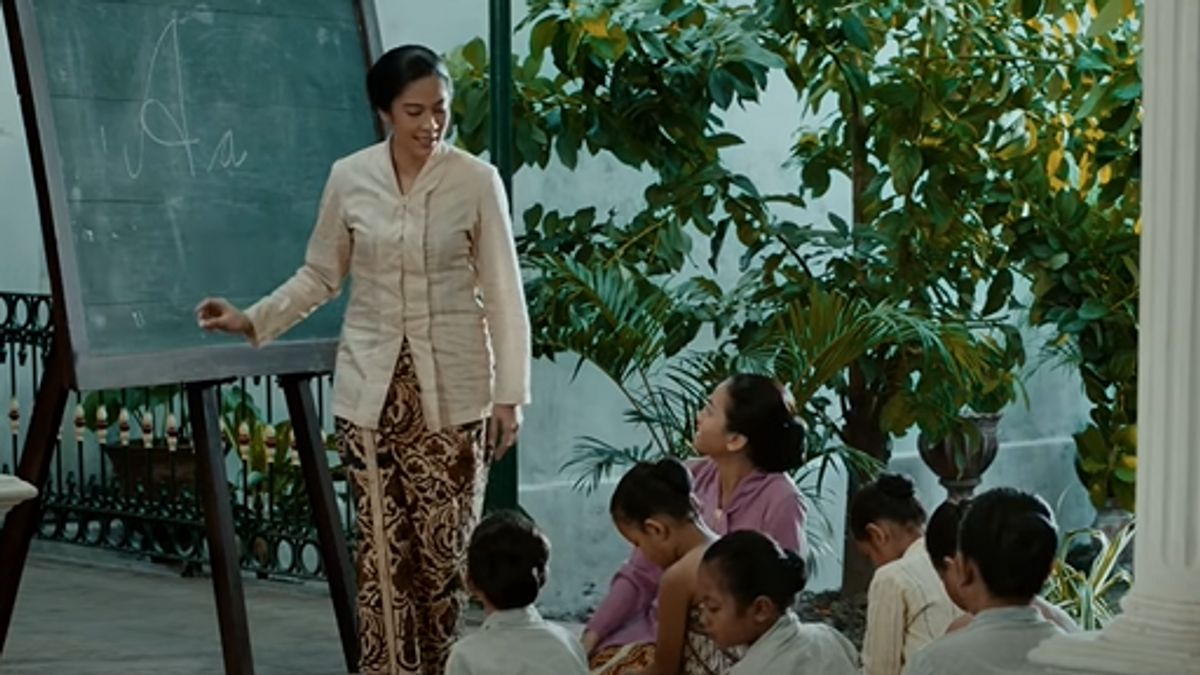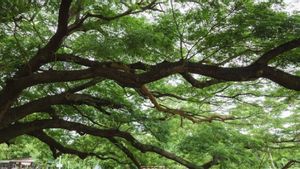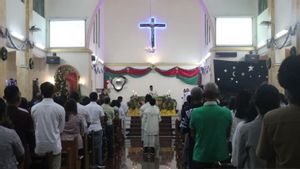JAKARTA - Kebaya is one type of traditional clothing worn by Indonesian women. In Indonesia, which incidentally has various tribes, also has various types of traditional clothing. Kebaya is a style of clothing that is also synonymous with Kartini Day. What's wrong with the kebaya?
There are various variants of the kebaya, including the Encim Kebaya, the Kutubaru Kebaya, the Noni Kebaya and the Kartini Kebaya. It is called the Kebaya Kartini because it is related to the clothes that RA is wearing. Kartini. Characteristically, there are accent folds on the chest and a long kebaya to the pelvis.
In general, women wear a Kartini Kebaya accompanied by a stole that hangs over one shoulder and wraps around the back so that it can be supported by the hand.
Reported by Kompas, Wednesday, April 21, kebaya was used by the empresses and concubines of the king during the Majapahit Kingdom. In the 19th century, women were more familiar with combining kemben and jarik cloth that covered the chest to below the knees.
After Islamic culture intertwined, resulting in acculturation in clothing, the thin cloth which was later known as the kebaya became a cover for the back, shoulders and arms.
Official records of the Portuguese nation in the 15th to 16th centuries also report that the kebaya was worn by Indonesian women and only worn by the aristocracy. The time to move and the way to dress underwent major changes.
Closed clothing such as kebaya, even though it is made of thin cloth, is still added in the form of kemben and stagen, which can be worn by every Indonesian woman regardless of class and position in society.
What about other types of kebaya? Other types of kebaya are closely related to the hereditary culture around them. For example, in Central Java it is popular with the Kutubaru Kebaya while in Jakarta it is closer to the Encim Kebaya.
The Polar Kebaya and the Encim Kebaya have a history that is no less interesting. Starting from minimizing the combination of kemben so that the popular Kebaya Kutubaru which includes a cloth covering the chest from the middle to the top of the navel.
Currently, the development of kebaya designs still refers to traditional patterns. The pattern is still the same, only added accessories such as beads, embroidery, and a combination of pieces and matching for subordinates.
The English, Chinese, Japanese, Arabic, and French versions are automatically generated by the AI. So there may still be inaccuracies in translating, please always see Indonesian as our main language. (system supported by DigitalSiber.id)













